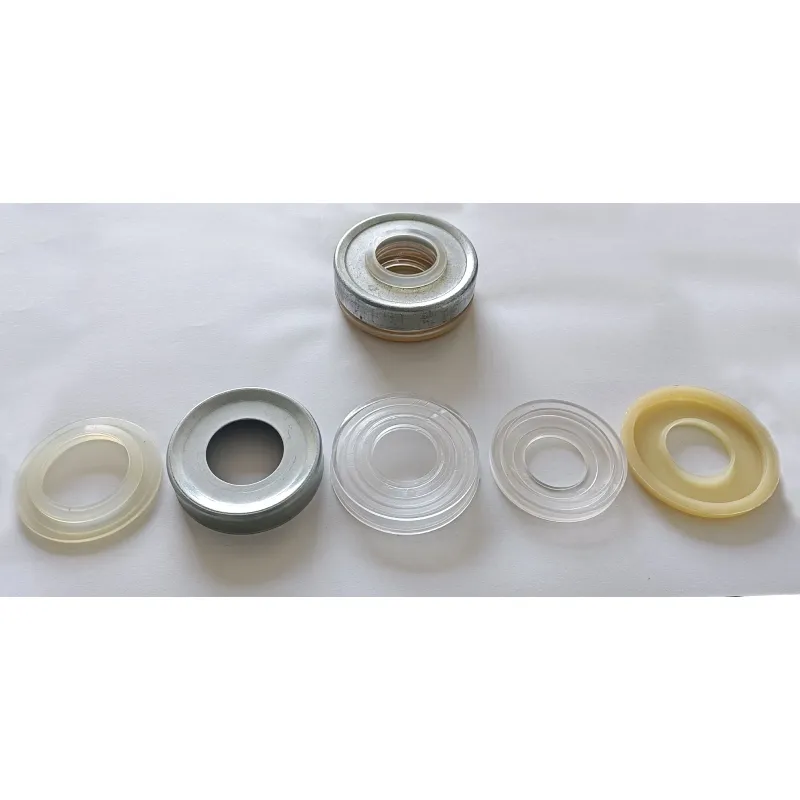 Afrikaans
Afrikaans  Albanian
Albanian  Amharic
Amharic  Arabic
Arabic  Armenian
Armenian  Azerbaijani
Azerbaijani  Basque
Basque  Belarusian
Belarusian  Bengali
Bengali  Bosnian
Bosnian  Bulgarian
Bulgarian  Catalan
Catalan  Cebuano
Cebuano  Corsican
Corsican  Croatian
Croatian  Czech
Czech  Danish
Danish  Dutch
Dutch  English
English  Esperanto
Esperanto  Estonian
Estonian  Finnish
Finnish  French
French  Frisian
Frisian  Galician
Galician  Georgian
Georgian  German
German  Greek
Greek  Gujarati
Gujarati  Haitian Creole
Haitian Creole  hausa
hausa  hawaiian
hawaiian  Hebrew
Hebrew  Hindi
Hindi  Miao
Miao  Hungarian
Hungarian  Icelandic
Icelandic  igbo
igbo  Indonesian
Indonesian  irish
irish  Italian
Italian  Japanese
Japanese  Javanese
Javanese  Kannada
Kannada  kazakh
kazakh  Khmer
Khmer  Rwandese
Rwandese  Korean
Korean  Kurdish
Kurdish  Kyrgyz
Kyrgyz  Lao
Lao  Latin
Latin  Latvian
Latvian  Lithuanian
Lithuanian  Luxembourgish
Luxembourgish  Macedonian
Macedonian  Malgashi
Malgashi  Malay
Malay  Malayalam
Malayalam  Maltese
Maltese  Maori
Maori  Marathi
Marathi  Mongolian
Mongolian  Myanmar
Myanmar  Nepali
Nepali  Norwegian
Norwegian  Norwegian
Norwegian  Occitan
Occitan  Pashto
Pashto  Persian
Persian  Polish
Polish  Portuguese
Portuguese  Punjabi
Punjabi  Romanian
Romanian  Russian
Russian  Samoan
Samoan  Scottish Gaelic
Scottish Gaelic  Serbian
Serbian  Sesotho
Sesotho  Shona
Shona  Sindhi
Sindhi  Sinhala
Sinhala  Slovak
Slovak  Slovenian
Slovenian  Somali
Somali  Spanish
Spanish  Sundanese
Sundanese  Swahili
Swahili  Swedish
Swedish  Tagalog
Tagalog  Tajik
Tajik  Tamil
Tamil  Tatar
Tatar  Telugu
Telugu  Thai
Thai  Turkish
Turkish  Turkmen
Turkmen  Ukrainian
Ukrainian  Urdu
Urdu  Uighur
Uighur  Uzbek
Uzbek  Vietnamese
Vietnamese  Welsh
Welsh  Bantu
Bantu  Yiddish
Yiddish  Yoruba
Yoruba  Zulu
Zulu v belt tensioner pulley
Understanding V-Belt Tensioner Pulleys Their Importance and Functionality
The V-belt tensioner pulley is a critical component in many automotive and industrial applications. This versatile device plays a crucial role in maintaining the appropriate tension in V-belts, which are used for transmitting power between different parts of a machine or engine. Without a properly functioning tensioner pulley, the efficiency of the belt system can diminish, leading to excessive wear, decreased performance, and potential system failure.
Understanding V-Belt Tensioner Pulleys Their Importance and Functionality
One of the main advantages of using a V-belt tensioner pulley is its ability to compensate for changes in belt length and elasticity. As V-belts age, they can lose flexibility, resulting in reduced tension. The tensioner pulley is spring-loaded, allowing it to move in response to belt tension fluctuations. This dynamic adjustment is vital for maintaining the efficiency of the drive system, ensuring that power is transmitted smoothly and effectively.
v belt tensioner pulley

Moreover, V-belt tensioners come in two main types manual and automatic. Manual tensioners require routine adjustments by the operator, while automatic tensioners self-adjust based on the inherent characteristics of the belt system. Automatic tensioners are often preferred in modern applications for their convenience and reliability, as they require less maintenance over time.
The materials used in constructing V-belt tensioner pulleys are also worth noting. Typically made from high-strength plastics or metals like aluminum, these pulleys are designed to withstand considerable forces and harsh operating conditions. Their bearings are engineered to reduce friction and wear, further enhancing their lifespan and performance.
Regular maintenance of the V-belt tensioner pulley is essential for the longevity of both the pulley and the belt. Signs of wear, such as unusual noises, belt slipping, or visible damage to the pulley, may indicate that the tensioner needs replacement. It is a good practice to inspect the tensioner pulley during routine vehicle maintenance to prevent unforeseen breakdowns and ensure optimal performance.
In conclusion, the V-belt tensioner pulley plays a significant role in the efficient operation of many mechanical systems. By automatically maintaining the correct belt tension, it helps prevent slippage and wear, thereby enhancing the overall performance and longevity of the system. Understanding its function and maintaining it properly can lead to smoother operation and reduced repair costs over time. Whether in automotive engines or industrial machinery, the importance of the V-belt tensioner pulley cannot be overstated. Proper care and timely replacement will ensure that machines remain operational and efficient for years to come.
-
Revolutionizing Conveyor Reliability with Advanced Rubber Lagging PulleysNewsJul.22,2025
-
Powering Precision and Durability with Expert Manufacturers of Conveyor ComponentsNewsJul.22,2025
-
Optimizing Conveyor Systems with Advanced Conveyor AccessoriesNewsJul.22,2025
-
Maximize Conveyor Efficiency with Quality Conveyor Idler PulleysNewsJul.22,2025
-
Future-Proof Your Conveyor System with High-Performance Polyurethane RollerNewsJul.22,2025
-
Driving Efficiency Forward with Quality Idlers and RollersNewsJul.22,2025





























